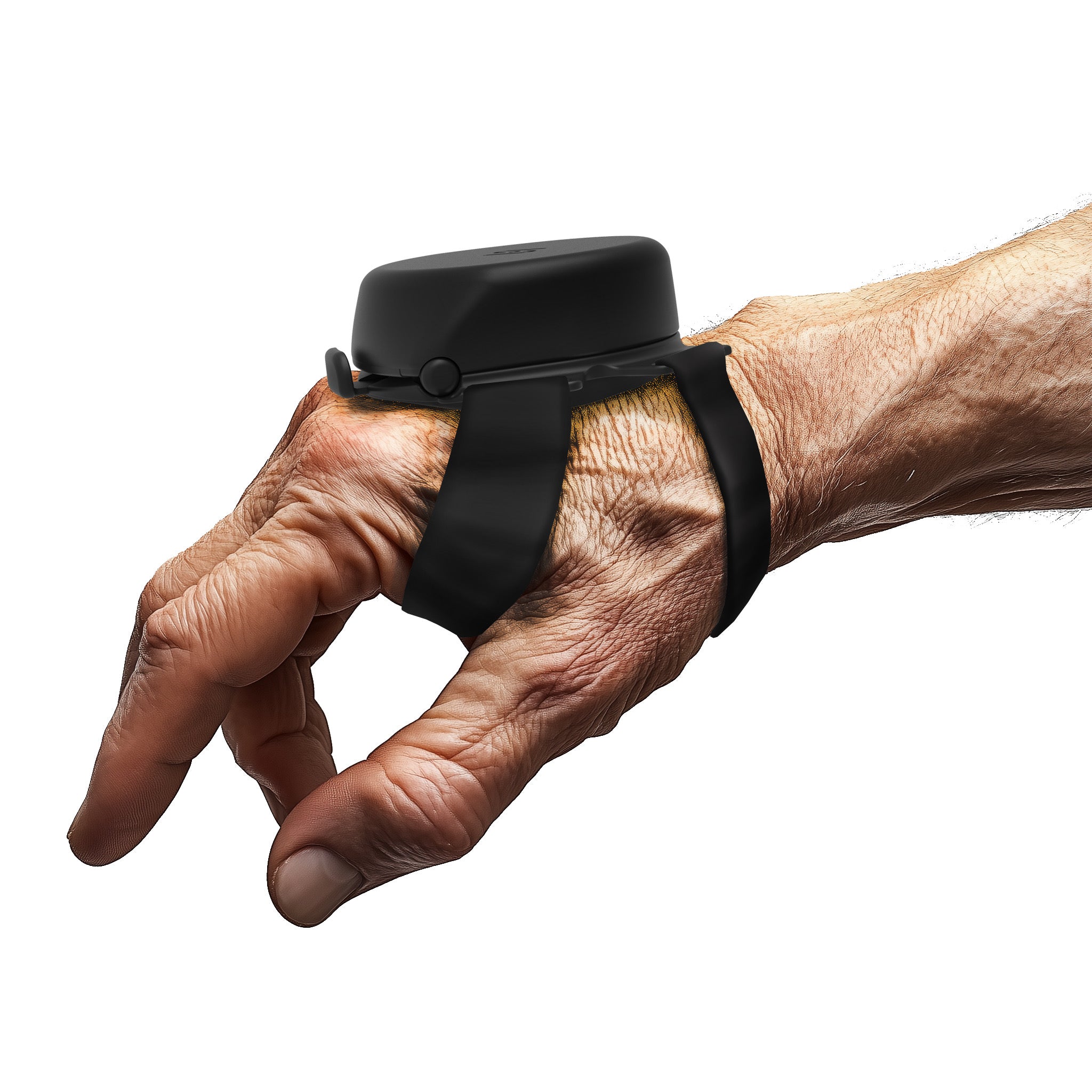Understanding Hand Tremors and How Exercise Can Help
Hand tremors can be a frustrating and challenging experience, impacting daily activities and overall quality of life. Understanding the causes behind these tremors and adopting effective exercise and lifestyle strategies can help you regain control and reduce their impact.
In this blog post, we'll explore the best exercises for hand tremors, discuss the reasons behind shaky hands, and provide practical tips for managing tremors and shivering in everyday life. Learning how to stop shaky hands with exercise routines can make a major difference in your coordination and stability.
Why Are My Hands Shaking?
Hand tremors can result from various factors, including:
-
Essential Tremor: A common neurological disorder characterized by involuntary shaking, typically affecting the hands, but also the arms, head, and voice.
-
Parkinson's Disease: A progressive neurological condition that affects movement and can cause tremors in the hands and other body parts.
-
Stress and anxiety: High levels of stress and anxiety can trigger or exacerbate tremors.
-
Nutrient deficiencies: Deficiencies in essential vitamins and minerals, such as vitamin B12 and magnesium, can contribute to hand tremors.
-
Medications: Some medications, particularly those affecting the nervous system, can cause hand tremors as a side effect.
-
Age and genetics: Hand tremors are more common in people aged 40 and above and those with a family history of essential tremors.
Identifying these causes is the first step before choosing the right exercise for hand tremors and lifestyle adjustments.
Best Exercises for Hand Tremors
Incorporating regular exercise into your routine can help improve muscle strength, coordination, and control, reducing the severity of hand tremors. The following exercises can be particularly beneficial for anyone learning how to steady shaky hands:
-
Hand squeezes: Using a stress ball or soft sponge, gently squeeze and release to strengthen hand muscles and improve coordination.
-
Finger taps: Tap each fingertip to your thumb, one at a time, in a controlled and rhythmic manner. Repeat several times to enhance dexterity and control.
-
Wrist curls: With a light weight or resistance band, perform wrist curls by flexing and extending the wrist to build strength and stability in the forearm and wrist muscles.
-
Hand stretches: Stretch your fingers, palms, and wrists regularly to maintain flexibility and reduce stiffness that can contribute to hand tremors.
-
Whole-body exercises: Engage in activities such as swimming, yoga, and tai chi to promote overall relaxation, reduce stress, and enhance motor control throughout the body.
These movements represent some of the best exercise for hand tremors because they combine strength, relaxation, and fine motor control.
Why Do I Feel Shaky and How to Stop Shivering
Shakiness and shivering can result from factors such as anxiety, stress, fatigue, cold temperatures, and low blood sugar. Implementing the following lifestyle strategies can help reduce shakiness and shivering:
-
Manage stress and anxiety: Practice relaxation techniques, such as deep breathing, meditation, and mindfulness, to reduce stress and anxiety that can contribute to shakiness and shivering.
-
Stay warm: Dress appropriately for cold environments and use blankets, heating pads, or warm beverages to maintain a comfortable body temperature and prevent shivering.
-
Maintain a balanced diet: Ensure a well-rounded diet that includes essential nutrients and maintain stable blood sugar levels by eating regular meals and snacks throughout the day.
-
Prioritize sleep: Establish a consistent sleep schedule and create a relaxing sleep environment to promote restful, restorative sleep and reduce fatigue-related shakiness.
-
Consult your healthcare provider: If your shakiness and shivering persist or worsen, consult your healthcare provider to rule out any underlying medical conditions or medication side effects.
When combined with how to stop shaky hands exercise routines, these lifestyle strategies provide a holistic way to regain stability and calm.
Why Is My Hand Shaking and How to Stop It
In addition to exercise and lifestyle strategies, the following tips can help you manage hand tremors and regain control:
-
Use adaptive tools: Implementing adaptive tools, such as weighted utensils, button hooks, and specialized pen grips, can help make everyday tasks more manageable and reduce the impact of hand tremors on your daily life.
-
Modify your environment: Arrange your living and workspace to minimize the need for fine motor skills, such as using touch lamps instead of switches or opting for slip-on shoes instead of laces.
-
Focus on your breathing: Deep, slow breaths can help you relax and reduce tremors resulting from stress and anxiety.
-
Practice good posture: Maintaining proper posture while sitting or standing can help improve muscle control and reduce tremors.
-
Consult with a professional: Seek advice from a healthcare provider or occupational therapist to develop a personalized plan for managing your hand tremors and addressing any underlying conditions.
If you’re looking for how to steady shaky hands, these approaches—combined with the best exercise for hand tremors—can make daily life much easier.
Conclusion
Combating hand tremors involves understanding the underlying causes, incorporating the best exercises for hand tremors, and adopting lifestyle strategies to regain control and reduce their impact on your life. By practicing how to stop shaky hands with exercise techniques, hand-strengthening drills, and whole-body relaxation activities, you can significantly improve your coordination and stability. With consistent practice, you’ll learn how to steady shaky hands naturally while enhancing your overall well-being.
Remember, it's essential to consult with a healthcare provider to develop a personalized plan that addresses your specific needs and circumstances.



